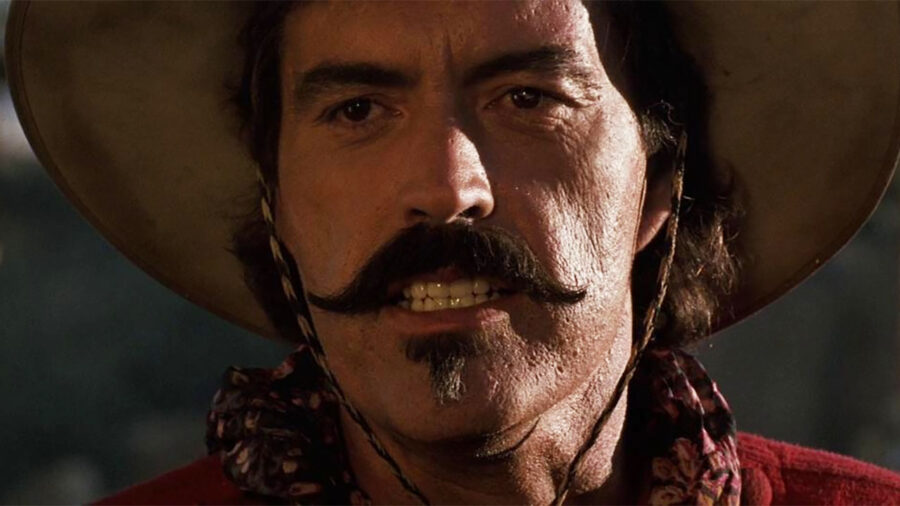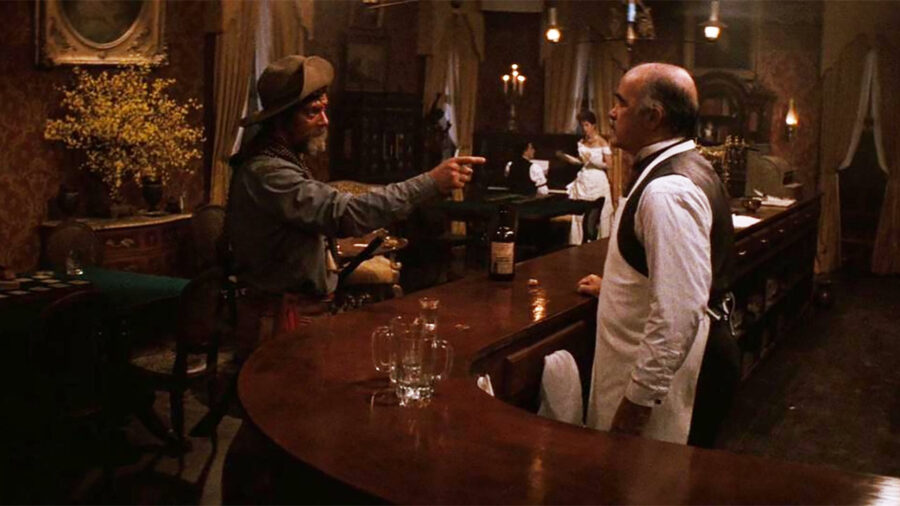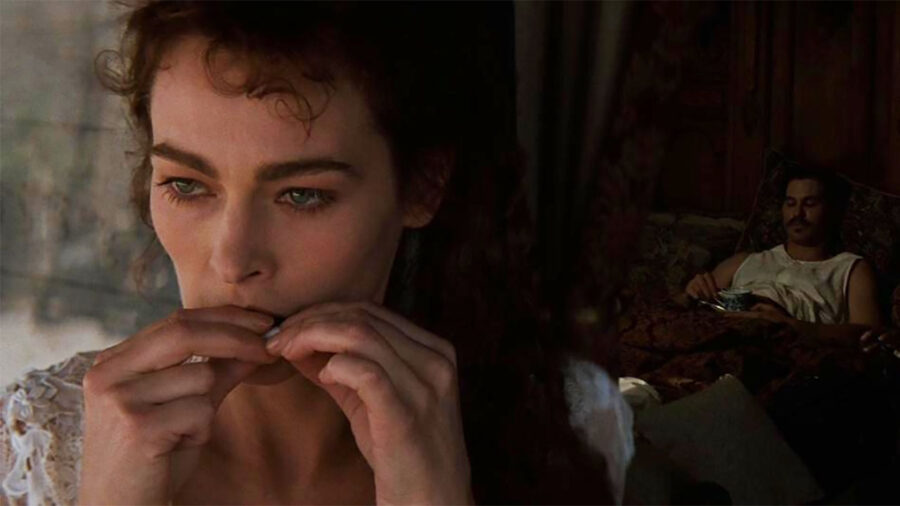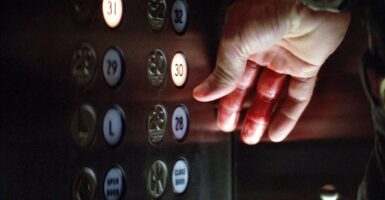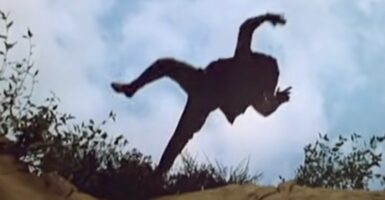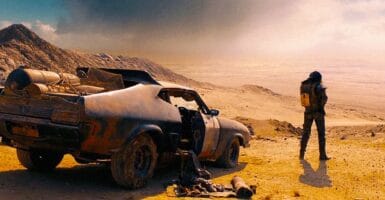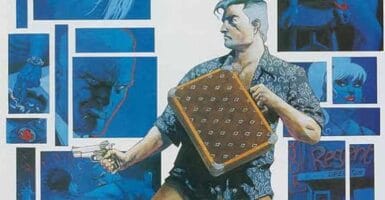The Disney+ True Story Western Stands The Test Of Time
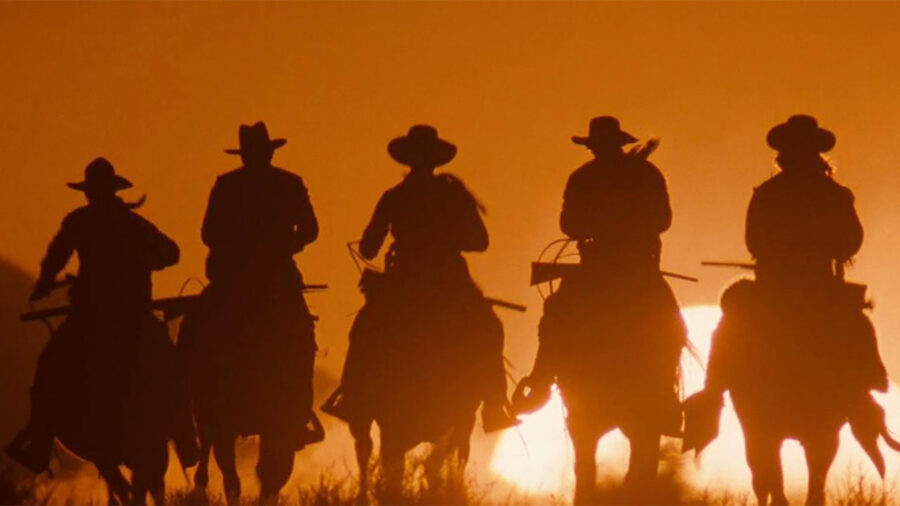
Released in 1993, Tombstone quickly became one of the most successful Western movies since the Spaghetti Western age of the 60s and 70s. Based on a true story that took place in Eastern Arizona in the 1880s, this Western drama captured the attention of audiences in the early 90s and has held on tight, still engaging viewers today while streaming on Disney+.
In the heart of 1880s Arizona, where justice and chaos collided in the dust-laden streets, Tombstone follows a successful lawman whose desire to retire is threatened by a group of outlaws he’s spent a career making his enemy. Directed by George P. Cosmatos and featuring a stellar cast led by Kurt Russell and Val Kilmer, the film rode into theaters on December 25, 1993, and left a permanent mark on the Western genre.
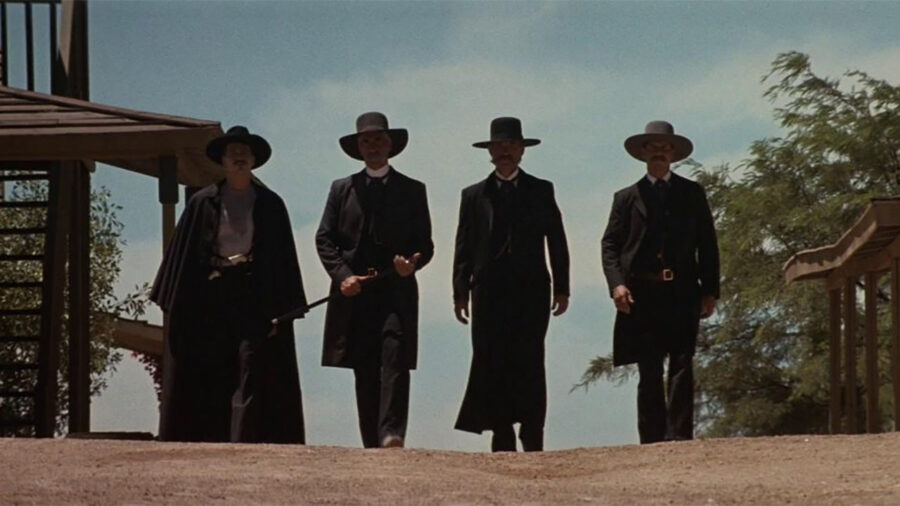
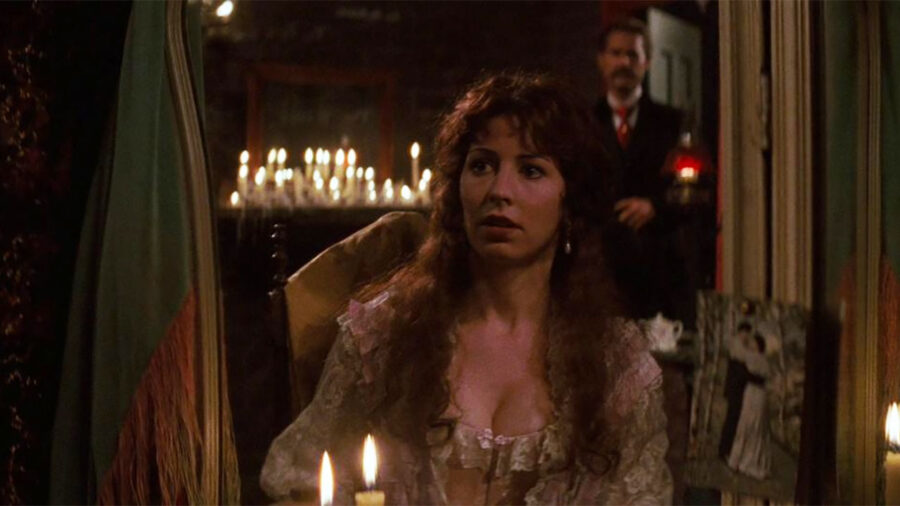
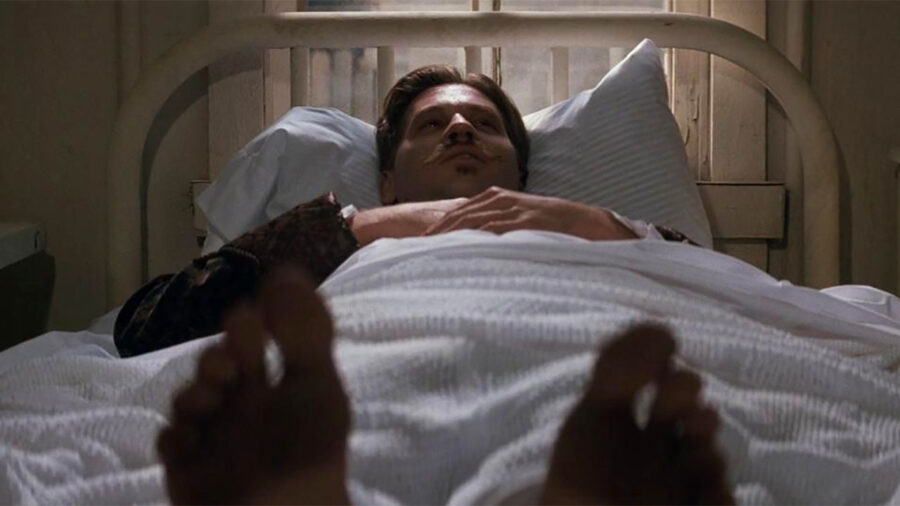
While it’s now a cult classic, Tombstone had a tumultuous journey from conception to completion. Initially helmed by Kevin Jarre, who also wrote the screenplay, the directorial reins were quickly handed over to Cosmatos due to Jarre’s struggles during filming. Despite the change, the cast remained committed. Kurt Russell, who played Wyatt Earp, played a significant role in shaping the movie’s narrative, claiming he essentially directed the film with support from co-star Val Kilmer.
Cosmatos, known for his meticulous attention to historical detail, ensured authenticity in costumes, props, and scenery. To prove their dedication to historical accuracy, the actors in Tombstone each grew a real mustache rather than wearing a fake one, except for Jon Tenney, who had to have one glued on due to a conflict with a prior project.
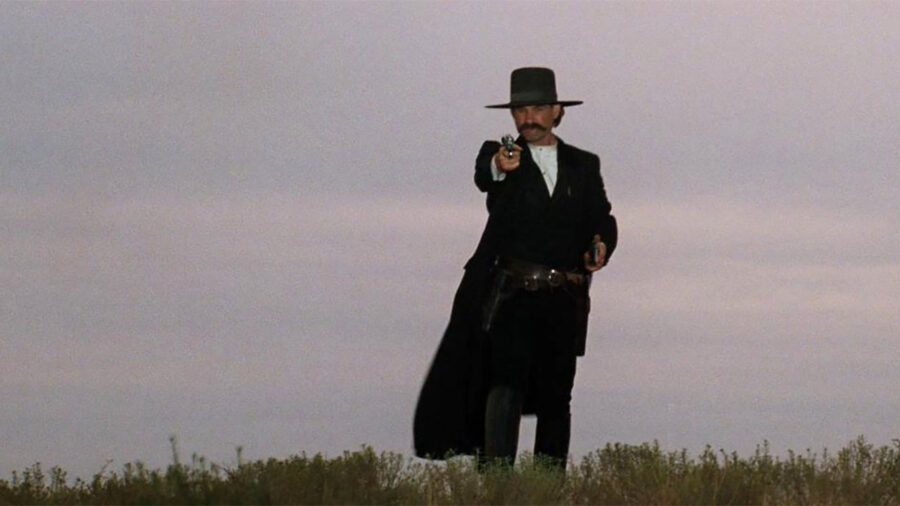
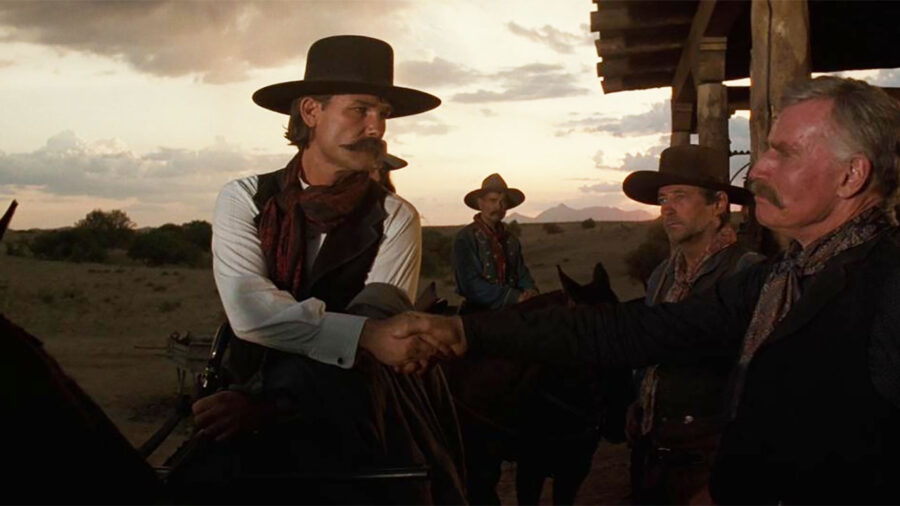
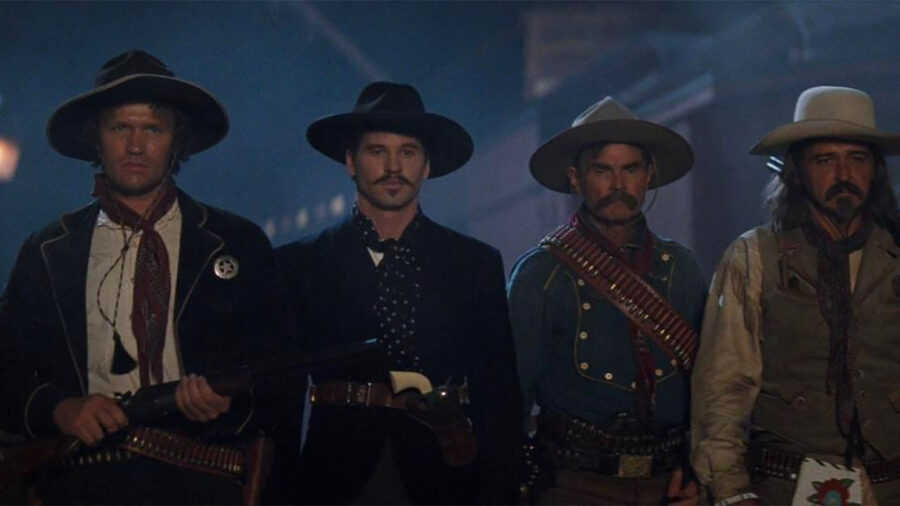
Tombstone grossed $73.2 million worldwide, more than doubling its $25 million budget and becoming a financial success. While the acclaimed acting, dedication to accuracy, and a well-written script helped lead the film to its success, it was also partially due to the luck of the draw. Tombstone faced competition with a similar film, titled Wyatt Earp, which was released six months later, but because of its quicker release, Tombstone managed to win the duel.
Tombstone received positive reviews from 72 percent of critics on Rotten Tomatoes. Audiences polled by CinemaScore gave it an “A−” grade. Val Kilmer’s portrayal of Doc Holliday garnered widespread praise, and even President Bill Clinton expressed admiration for the performance.
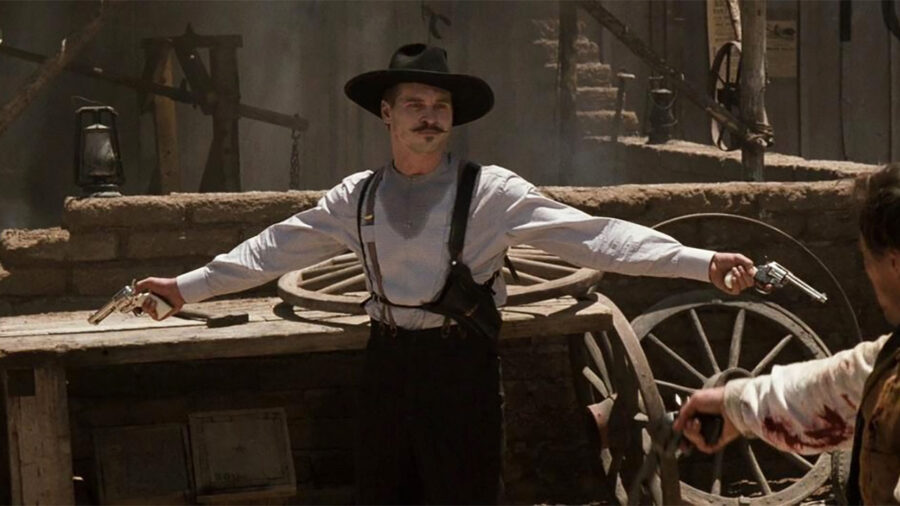
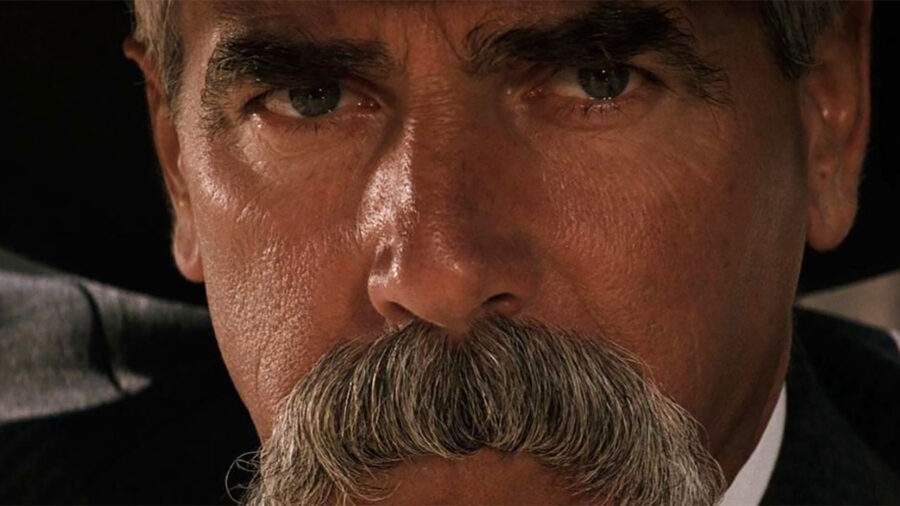
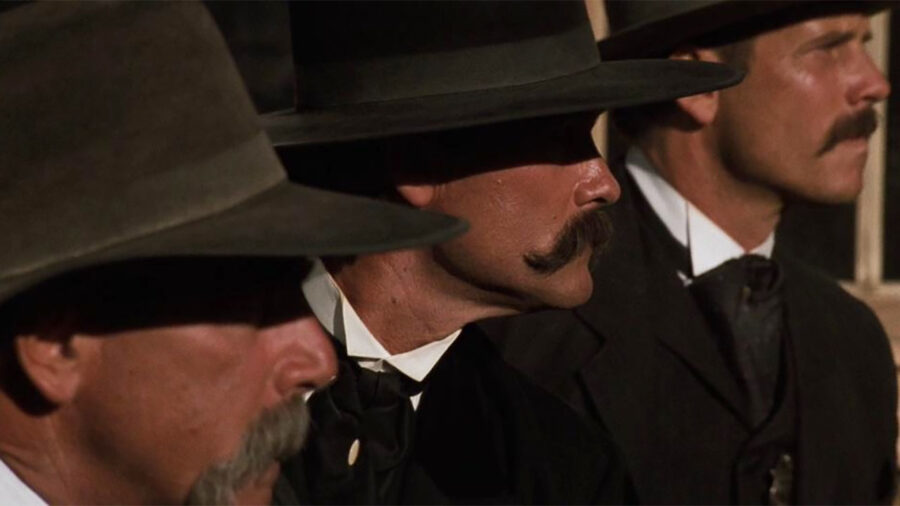
While Gene Siskel recommended the film, Roger Ebert initially had reservations but later endorsed it, comparing Tombstone favorably to other Westerns. However, some critics, like Chris Hicks, felt the film suffered from an abundance of characters and subplots, making it challenging to keep track. Some reviewers, like James Berardinelli, found fault with the film’s second half, describing it as dull and anticlimactic.
Others, such as Stephen Holden of The New York Times, acknowledged Tombstone’s modern touches but critiqued its strained depiction of women in the Old West.
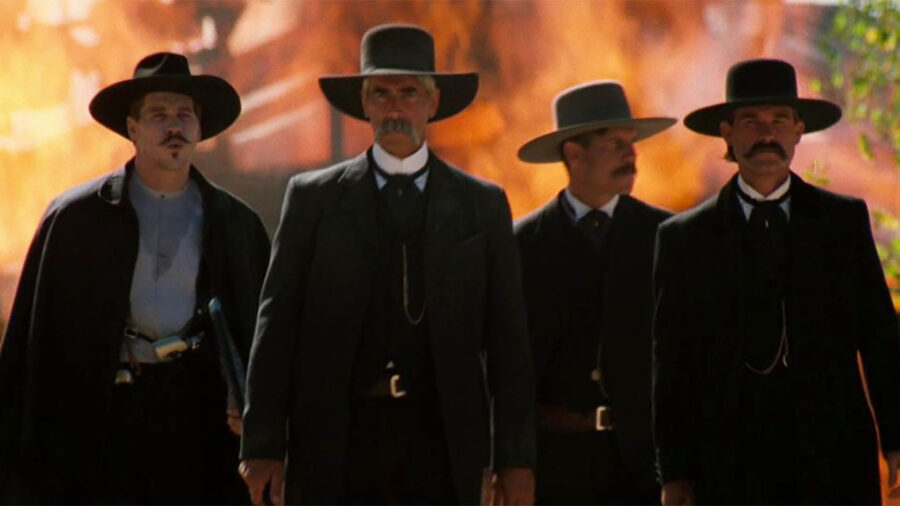
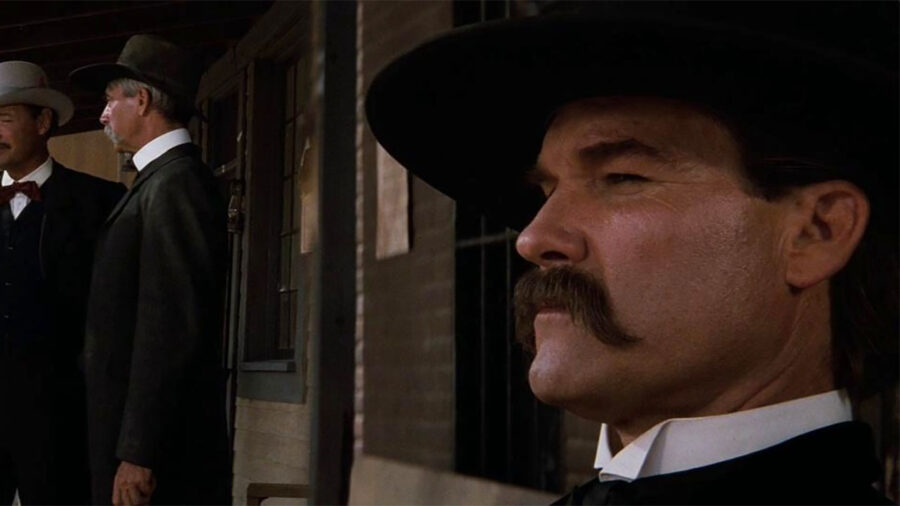
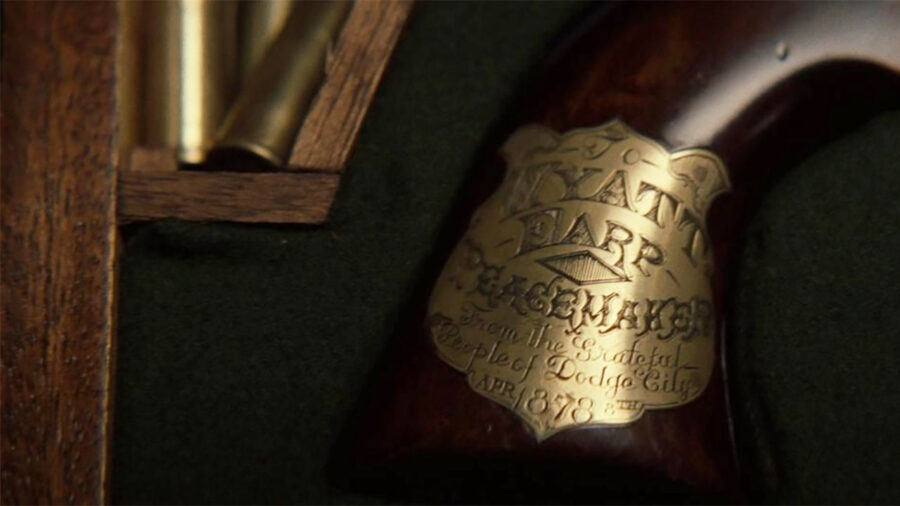
Despite the mixed reception, Tombstone is considered one of the best Western films of all time, ranking as the 16th most successful Western movie since the end of the Spaghetti Westerns in 1979.
30 years later, Tombstone has managed to stand the test of time. The film remains a cornerstone in the Western genre, etching its place in cinematic history with its compelling narrative, memorable characters, and the iconic performances of Kurt Russell and Val Kilmer.
